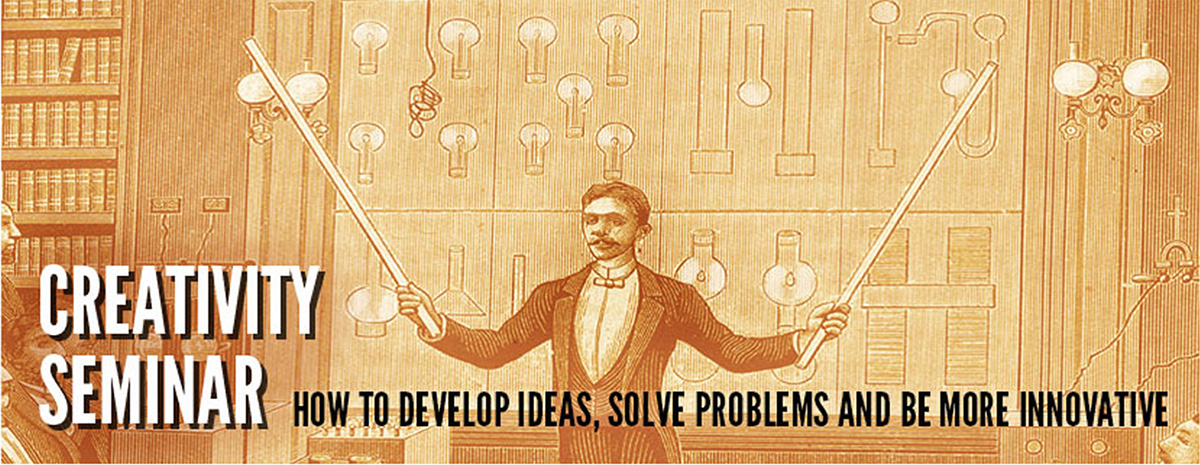 |
| KEVIN ROOSE (Photo: Janine Cheng) |
"Every industry has its buzzwords. (Ask a management consultant about 'core competencies,' or a banker about 'synergies.') And 'disrupt' is entering a league of its own. But when everything is disruptive, nothing is. Which is exactly why it might be time to kill the word disruption altogether."Kevin Roose, a contributor to New York Magazine, author of Young Money, and graduate of Brown University, has the courage to say that the emperor has no clothes. Or at least they're not the clothes the emperor thinks they are.
Please, for the love of god, he urges, stop using the word "disrupt."
"For starters, the word is frequently used incorrectly. 'Disruptive' doesn't mean 'inventive,' 'unorthodox,' or 'cool.' It has a specific, concrete definition that originated with Harvard Business School professor Clayton Christensen's 1995 paper, "Disruptive Technologies: Catching the Wave,” and his 1997 book, The Innovator's Dilemma. Christensen defined 'disruptive innovation' as the process by which 'technologically straightfoward' services and products target the bottom end of an established market, then move their way up the chain until, eventually, they overtake the existing market leaders.
 |
| CLAY CHRISTENSEN |
By this token, lots of today's "disruptive" start-ups aren't disruptive at all.
Harvard Business Review, which published Christensen's original definition of disruptive innovation, agrees it's being overused. Maxwell Wessel writes: 'If a start-up starts launches a better product, at a higher margin, to an incumbent’s best customers — that’s not disruption. That’s just … innovation.'
In this week's The New Yorker, Jill Lepore deconstructs Christensen's writings on disruptive innovation — pointing out, for example, that many of the case studies he uses to illustrate what happens to a disrupted incumbent aren't supported by history.
 |
| JILL LEPORE |
For example, although Christensen writes that U.S. Steel struggled to adapt to disruptive innovation in the form of 'minimilling' — a process for making cheaper sheet metal — what really differentiated U.S. Steel from its minimilling competitors was that U.S. Steel had labor unions and minimilling companies didn't. The 'disruptive' part of minimilling wasn't the technology, in other words — it was money-saving labor arrangements.
We know that not all disruptive change is good, of course. (As Lepore points out, 'When the financial-services industry disruptively innovated, it led to a global financial crisis.') But much of it is.""I'm not opposed to the concept of disruptive innovation," writes Roose, "just the incessant droning on about it, and the unfortunately common practice among corporate executives of blindly waving the flag of disruption instead of engaging in real discussions about their creations."
"In other words," he says, "for actual disruption to work best, 'disruption' has got to go."
Read the full New York magazine article, and learn more about Kevin Roose.
UPDATE: Clayton Christensen responds to Jill Lepore in Bloomberg Businessweek.
